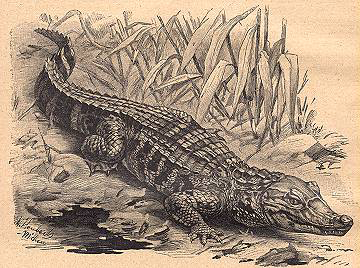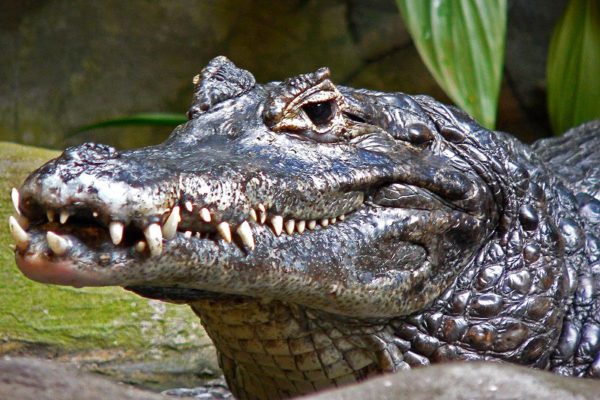Published in the Ocean Watch column, Honolulu Star-Advertiser © Susan Scott
Friday, October 24, 2008
Sometimes, one-paragraph newspaper clips leave me scratching my head.
Here’s one of those little stories (paraphrased) that someone left on my desk: Police in Rio de Janeiro recently confiscated two caimans from the suspected leader of a drug gang. When gang members there kill someone, they sometimes get rid of the body by feeding it to their caimans. The creatures were found in the back yard of the suspect’s mother-in-law.
I thought caimans were little reptiles you can hold in your hand. How could they eat entire human bodies? And where, I wondered, do Brazilian thugs get caimans? My husband wondered whether caimans live in the Cayman Islands. He also wanted to know about the mother-in-law. Was she in on the murders, or was she one of the caimans’ meals?
Caimans, I have since learned, are members of a reptile group called crocodilians that includes crocodiles, alligators and a croclike creature called a gharial.
At 20 feet long, the gharial is the biggest of all crocodilians, but don’t worry about running into one. The species is native to the northern Indian subcontinent and is so critically endangered, only 200 remain in the wild.

Caiman latirostris
Caimans are another story. These reptiles are native to Central America and northern South America, including Brazil. Caimans are extraordinarily adaptable, eating everything from insects and snails to people and pets.
Rio gangsters don’t likely have to search hard to find these animal accomplices. The species is thriving in its native wetlands and rivers, and also tolerates salt water.
Caimans are not native in the United States, but are common in Florida. The first wild caimans were seen there in the 1950s and have since spread like mad. Efforts to get rid of this alien began in 1977 but were unsuccessful. The caiman is now considered a permanent Florida resident.
Caimans are popular pets, and that’s where I got the idea they’re cute little things. Like all baby animals, caiman hatchlings are adorable, and pictures of people holding them are common.
Keeping this animal as a pet, though, is a bad idea: Males grow to 8 feet long, females to 5 feet. When caiman hatchlings grow up, irresponsible owners release them to the wild.
The word “caiman” is Spanish for alligator, which brings up the most common question we all have regarding caimans, alligators and crocodiles: What’s the difference?
Those who study the rules and regs of classifying living organisms give great significance to jaw shape and structure in categorizing these and other animals, but we can’t always see these distinctions. And even when they’re visible, there are always exceptions.
Such is the world of wildlife: It defies order. As a guideline, though, caimans are Central and South American animals, alligators are American and crocodiles range from Australia to the Indian subcontinent. Some of these reptiles prefer salt water and some fresh, but most are adaptable.
And the Cayman Islands? The corrupted name came from caiman the reptile, but those Caribbean isles never hosted caimans, either native or introduced.
I found no reports about the drug lord’s mother-in-law. I hope she was an innocent caiman sitter.
The caimans themselves had a happy ending, though. They got parole at a local zoo.v
*this photo is used under the GNU Free Documentation License.
